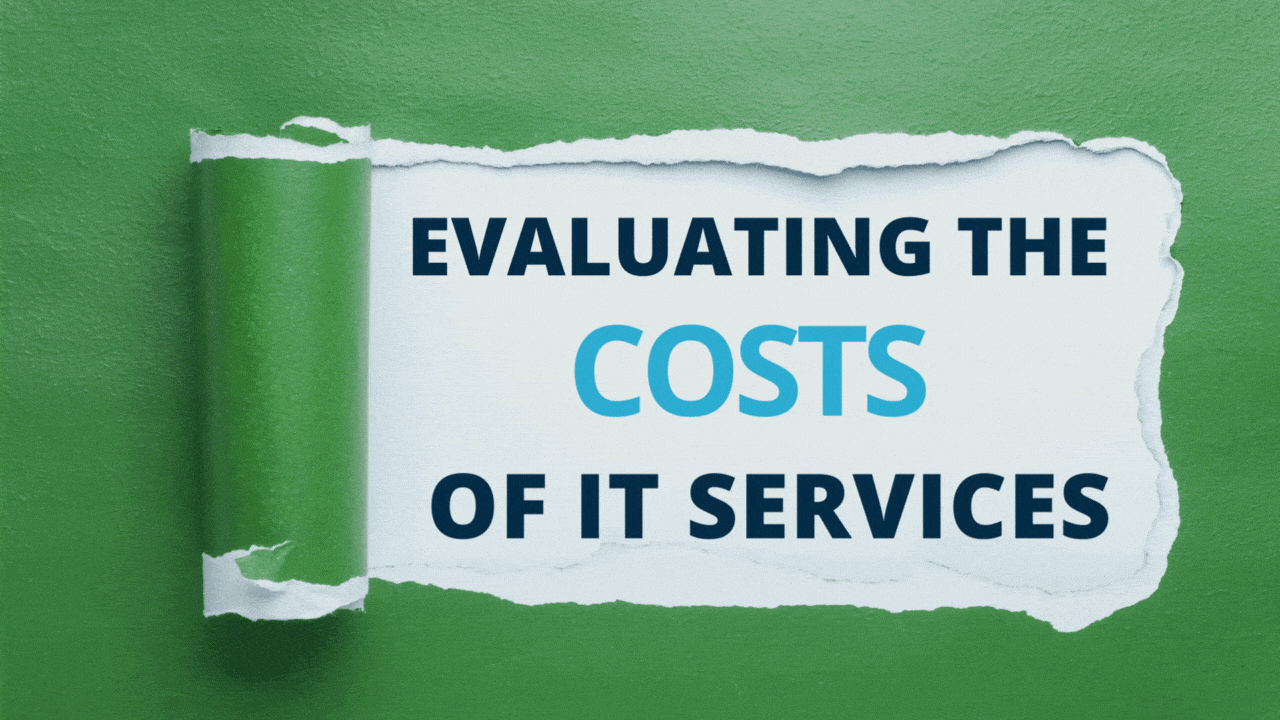Building a 1-3-5 Year IT Roadmap that Aligns with Business Goals Instead of Budget Cuts

IT budgets are under immense scrutiny. IT is often viewed as a line-item expense rather than a strategic resource that can be leveraged to help business leaders achieve specified business outcomes. As a result, an IT plan or roadmap is often built around a shrinking budget rather than a set of defined goals and objectives.
This blog will address the value of and what it takes to create a 1-3-5 IT Roadmap that aligns with business goals rather than budget cuts.
Ask Yourself the Following:
- Do you feel like you are trying to find a quick technology fix to solve an immediate problem rather than a longer-term solution?
- Wish you could spend your budget on areas of IT that help the business grow rather than replacing out-of-date equipment?
- Do you wonder how unknown risk will eat future resource time?
If you can answer yes to any of the above, a long(er) term IT Roadmap is much needed.
The bottom line is that SMB technology needs have changed. Today’s IT leaders must consider the complexity in deployment and the ability of different technology types to work together. They must consider the ever-present security threat that can cripple and put nearly an organization out of business. Being compliant with government security regulations can be an all-consuming task. Simultaneously, “app-lication” or the proliferation of everyday app use has IT communities tiring to stay ahead of a constantly changing environment.
Why an IT Roadmap is Not Initially an IT Conversation
The purpose of IT is to support the business and help the business meet defined goals and objectives, not the other way around.
When clear business objectives go undefined, when security risk and risk to the business go undefined, IT managers find themselves in a cycle of making transactional decisions about operational IT.
That is why an IT Roadmap conversation begins at the business layer. If not tied to specific outcomes and objectives, the Budget can only be viewed from transaction to transaction, reducing the significant impact of a well-planned IT roadmap that supports business outcomes.
3 Components of an IT Roadmap
-
An IT Roadmap must have established standards.
Most internal IT departments never achieve a set of defined standards against which technology can be evaluated. Standards can only be achieved when data is systematically collected from reactive support and monitored systems compared to industry and business best practices REPEATEDLY to show progress over time. Established standards eliminate reactive support issues over time and help build a predictable strategy and budget that everyone can support.
-
An IT Roadmap must leverage a Technology Alignment Manager – routinely.
Taking the temperature on a well-designed IT Roadmap starts with routine, systematic check-ups. A Technology Alignment Manager will help drive down the noise of reactive support, provide educated improvement recommendations, and pick up on changes to your IT environment. Most importantly, this role will uphold defined standards and follow a process plan for implementing new changes, reducing future complexity and unforeseen costs.
-
An IT Roadmap must be consistent.
Plans often fail for lack of counsel and consistency. Standards can only identify risk and prevent interruptions that eat time and budget when they are followed over a period of time and matched to business outcomes. Minimizing your IT team’s need to manage from the gray and focus IT time and resources on high-value tasks that support business outcomes is the recipe for success.
Are You Ready for a 1-3-5 Year Roadmap?
Reactive support is expensive, and advice without a plan is just a sales pitch. At Blue Fox Group, we are not interested in selling you (only) support. We want to help you define business outcomes and align IT to help you meet those outcomes. Any longer-term IT Roadmap begins with a clear picture of business objectives/goals, the identified risk, and defined standards in which the organization can achieve.

let's connect
Let’s make technology work for your business and help you exceed your business goals.
share this post
related posts














